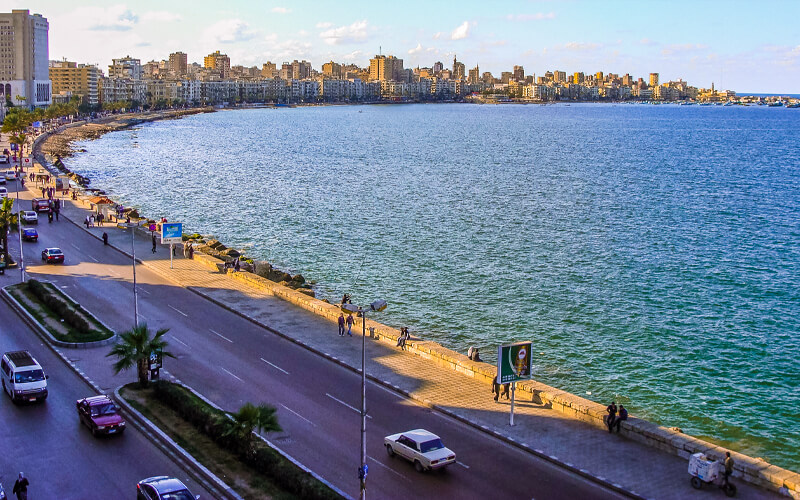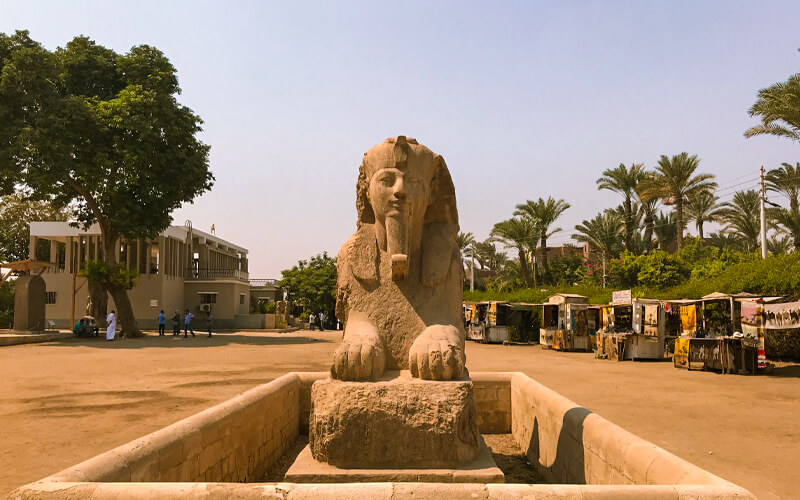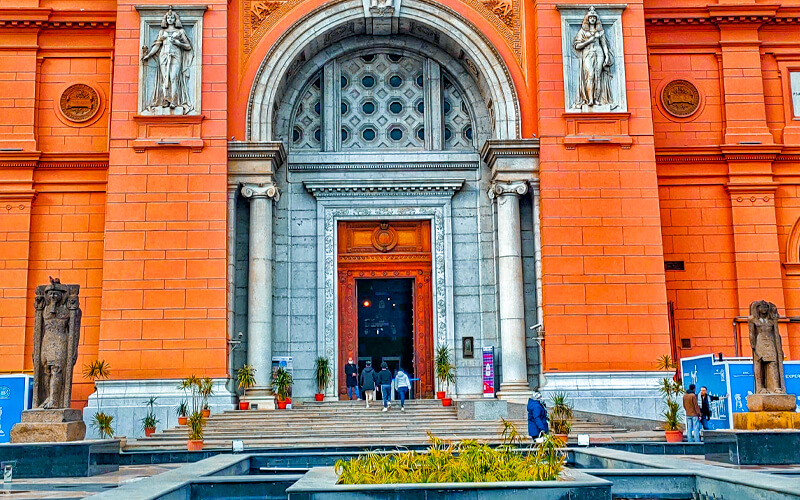Alexandria Attractions
Alexandria Attractions | Alexandria Places to Visit
Located on Egypt’s Mediterranean coast near the western border of the Nile Delta, the country’s second city is a metropolis with a population of 6 million people. Alexandria, Egypt, may be one of the few cities in the world with a more illustrious past than Cairo, even though Cairo is practically difficult to match in terms of ancient architecture and monuments.
The city was built by Alexander the Great in 331 BC, making it about 1400 years older than Cairo. It swiftly rose to become one of the world’s richest, biggest, and most culturally diverse cities, and it continues to be so today. Compared to its illustrious history, Alexandria has nothing to show for itself now. The destruction of ancient and historic Alexandria caused by natural disasters, repeated conquests, and sieges, and the fact that the city has been repeatedly rebuilt overtop of itself have hidden much of its past, but it remains a beautiful and enchanting city with easy access to the beautiful beaches of the Mediterranean. Alexandria is the capital of Egypt.
The catacombs of Kom el-Shuqafa in Alexandria are a must-see.
According to legend, the tombs at Kom Al-Shuqafa belonged to one affluent Roman family, who started utilizing the complex for burials about the 2nd century AD. However, the complex was greatly extended and continued to be utilized until the 4th century AD.
In addition to a great number of burials, the site has a mass grave including animal and human bones, which is said to have been created by the Roman Emperor Caracalla during a mass execution in Alexandria in 215 AD. The tombs are arranged around a central spiral staircase that descends through numerous floors before reaching the ground level. The lowest floors of the tombs have been inundated, but the walls of the tombs in the accessible portions have been lavishly adorned. They exhibit a rare blend of Greek, Roman, and Egyptian imagery, which is surprising given the period in which they were built.
The Library of Alexandria (also known as the Alexandrian Library) is a historical institution in Alexandria, Egypt, that houses a collection of books, manuscripts, and other materials.
In terms of scale and impact, the Bibliotheca Alexandrina is a massive and spectacular example of contemporary 21st-century architecture, yet it also evokes a much older structure. It was opened in 2002 as part of a massive effort to celebrate the city of Alexandria’s past as a historic hub of international learning and culture, which included the construction of a library and cultural center.
The Great Library of Alexandria was established in the 3rd century BC, soon after the city was established as the new capital of Egypt by Alexander the Great. It is the world’s oldest continuously operating library. The library, as well as the Mouseion, the wider institution of learning of which the library was a part, are credited with retaining a substantial portion of the knowledge of the ancient world, and this is regarded to be one of the greatest achievements in the heritage of ancient Alexandria.
In the contemporary complex, the goal is to revive the intellectual radiance that once shone out from Alexandria. The library itself has a large and visually stunning main reading room, as well as space for nearly 9 million books to be stored, but the complex also includes several smaller specialized libraries, a conference center, art galleries for both permanent and temporary exhibitions, and a planetarium, among other amenities.
In Alexandria, there is a citadel Qaitbay.
During the 14th century, Sultan Qaitbey constructed this magnificent fortification to protect Alexandria from the encroachment of the Ottoman Empire. Since the Ottomans seized control of Egypt in 1512, his attempts have been futile, but the castle has survived, strategically placed on a slender arm of land that stretches out into Alexandria’s port from the corniche and overlooks the Mediterranean.
The present configuration of the stronghold differs from its original configuration. When a nationalist movement against British dominion occurred in Alexandria in 1882, the city was seriously destroyed by British shelling. It was completely rebuilt at the turn of the 20th century.
Qaitbey constructed the stronghold on this location to make use of an existing foundation on the site—that of the fabled Pharos Lighthouse, which had fallen into ruin by the 14th century as a result of seismic damage that had occurred repeatedly.
Alexandria’s Montazah Park is a green oasis.
Montazah was constructed near the Alexandrian seashore as a summer palace for Khedive Abbas II, who reigned as ruler of the Khedive of Egypt and Sudan from 1892 to 1914.
In recent years, however, since the Free Officers Revolution of 1952 ousted the reigning family from power, the Montazah mansions and gardens have become far less exclusive than they were in the past. The gardens are currently a well-kept and quite picturesque public beachfront park that is open to the public. It is the most lovely area in Alexandria to rest and wander, and it is available for a very reasonable sum of 50 piasters.
On the grounds, there were two palaces to see. A hunting lodge for the Khedive and his associates, Al Salamlik, was erected in 1892 as the first of the three buildings to be constructed. During the 1970s, the palace underwent extensive renovations to serve as the official presidential home during the summer months.
If you want to spend a fantastic vacation check out our amazing Egypt Vacation packages or Alexandria Excursions to find the best way to travel to Egypt for you with Egypt Travel Guide with us in Egypt Nile Cruise



